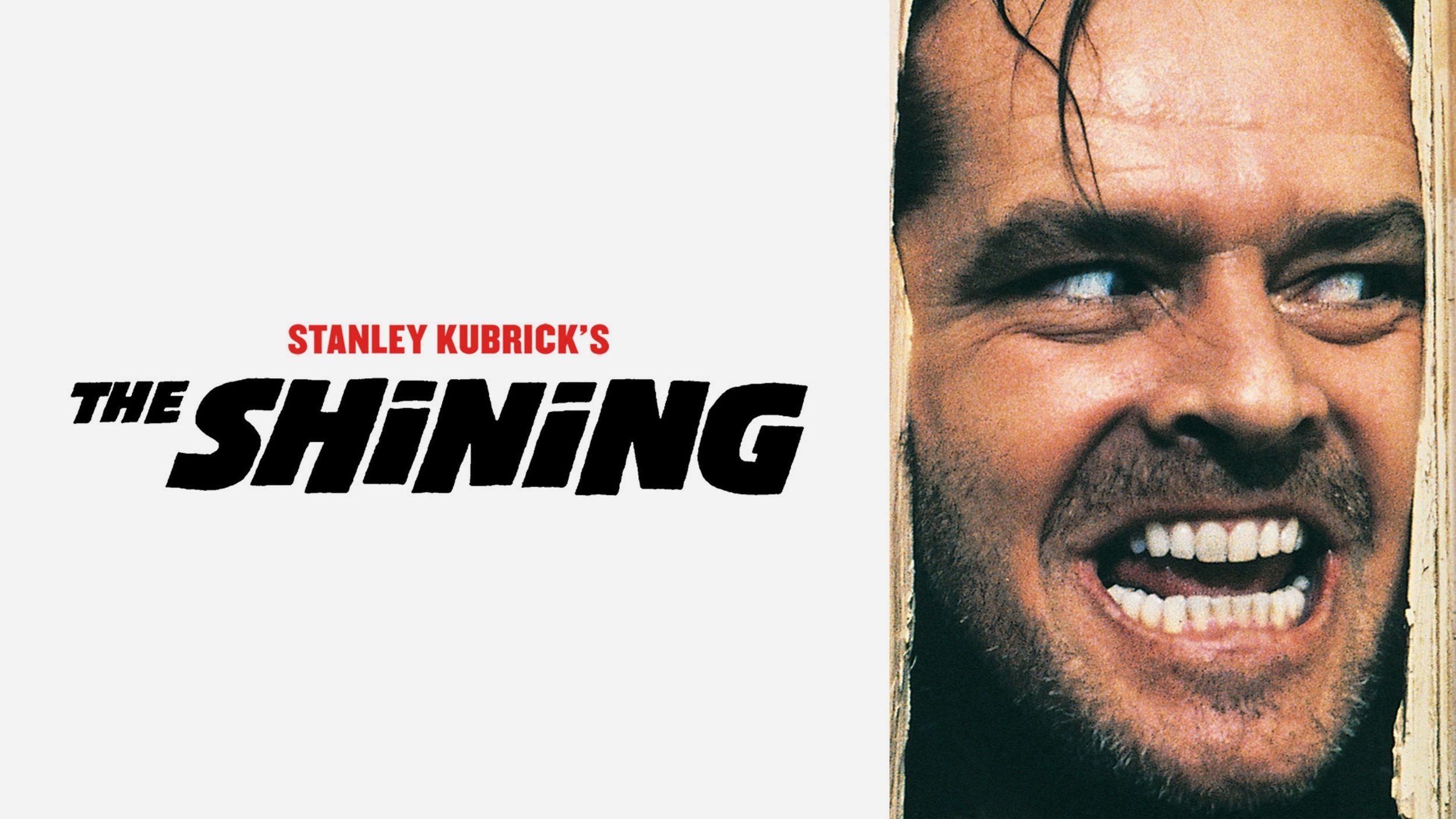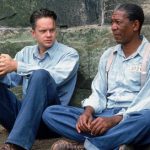The Shining (1980)

“The Shining,” directed by Stanley Kubrick and released in 1980, is a landmark film in the horror genre that has captivated audiences for decades. Based on Stephen King’s novel of the same name, the film features an iconic performance by Jack Nicholson as Jack Torrance, along with compelling portrayals by Shelley Duvall, Danny Lloyd, and Scatman Crothers. Kubrick’s adaptation diverges in significant ways from King’s original work, creating a unique cinematic experience that explores themes of isolation, madness, and the supernatural.
The film opens with Jack Torrance, an aspiring writer, taking a job as the winter caretaker of the remote Overlook Hotel. He moves there with his wife Wendy (Shelley Duvall) and his young son Danny (Danny Lloyd), who possesses a psychic ability known as “the shining.” This gift allows Danny to see the hotel’s dark history and its malevolent spirits, setting the stage for the horrors that will unfold. The film’s opening sequence, showcasing Jack’s drive through the picturesque yet isolating landscape, establishes a foreboding atmosphere that permeates the entire narrative.
As winter sets in, the Overlook Hotel becomes a character in itself, imbued with a sense of dread and mystery. Kubrick’s masterful use of cinematography, particularly the iconic Steadicam shots following Danny as he rides his tricycle through the hotel’s corridors, creates an unsettling tension. The hotel, with its vast empty spaces and eerie decor, serves as both a sanctuary and a prison, reflecting Jack’s gradual descent into madness. The oppressive silence and the haunting score contribute to an atmosphere that is both beautiful and terrifying.
Jack’s character transformation is central to the film’s narrative arc. Initially portrayed as a struggling writer seeking inspiration, he becomes increasingly unhinged as he succumbs to the hotel’s malevolent influence. Nicholson’s performance is both captivating and chilling, capturing the essence of a man losing his grip on reality. His gradual transition from a caring father and husband to a violent and unstable figure is unsettling, amplified by his famous line, “Here’s Johnny!” This moment encapsulates the terrifying culmination of his madness, leaving a lasting impression on viewers.
Wendy Torrance, played by Shelley Duvall, serves as a poignant contrast to Jack’s unraveling psyche. Her character embodies strength and vulnerability, and Duvall’s performance is marked by a palpable sense of fear and desperation. As Jack’s behavior becomes increasingly erratic, Wendy’s struggle to protect Danny becomes a central theme. The dynamic between the two characters underscores the film’s exploration of domestic horror, as the real threat comes not from the supernatural forces in the hotel, but from Jack himself.
Danny Lloyd’s portrayal of Danny is equally compelling. The child’s innocence and vulnerability make him a sympathetic character, and his psychic abilities add a layer of complexity to the narrative. Danny’s interactions with the hotel’s supernatural elements, particularly his conversations with the ghostly bartender Lloyd (Scatman Crothers), reveal the darker history of the Overlook and foreshadow the impending doom. The film’s use of imagery, including the haunting visions of the twin girls and the blood-filled elevator, creates a surreal and nightmarish quality that lingers in the viewer’s mind.

One of the most significant themes in “The Shining” is the exploration of isolation and its psychological effects. The vastness of the hotel serves to amplify the characters’ feelings of entrapment and paranoia. As the snow cuts them off from the outside world, the Torrance family becomes increasingly isolated, and the psychological toll becomes evident. The hotel, once a luxurious getaway, transforms into a claustrophobic nightmare that preys on their fears and insecurities. This theme resonates deeply, reflecting not only the personal struggles of the characters but also the broader implications of isolation in society.

Kubrick’s meticulous attention to detail and innovative filmmaking techniques elevate “The Shining” to a level of artistic mastery. The film’s pacing builds a sense of dread, leading to moments of shocking violence that are both jarring and thought-provoking. The use of symbolism, such as the recurring motif of the maze, represents Jack’s spiraling descent into madness and the inescapable nature of his fate. The maze also serves as a metaphor for the complexity of the human psyche, illustrating how one can become lost within their own mind.
The film’s ending remains a topic of much debate and interpretation. The chilling final scenes, which leave viewers questioning the nature of reality and time, invite various readings. The ambiguity of Jack’s fate, along with the revelation of the photograph from 1921, suggests a cyclical nature of violence and madness that transcends time. This open-ended conclusion leaves a lasting impact, compelling viewers to ponder the true meaning of the story long after the credits roll.

In conclusion, “The Shining” is a cinematic masterpiece that transcends the horror genre. Stanley Kubrick’s brilliant direction, combined with powerful performances from a talented cast, creates a haunting exploration of madness, isolation, and the supernatural. The film’s rich symbolism, striking visuals, and psychological depth have solidified its status as one of the greatest films in cinema history. Its influence can be seen in countless works of horror and psychological thrillers, ensuring that “The Shining” remains a timeless exploration of the darkest corners of the human mind.











